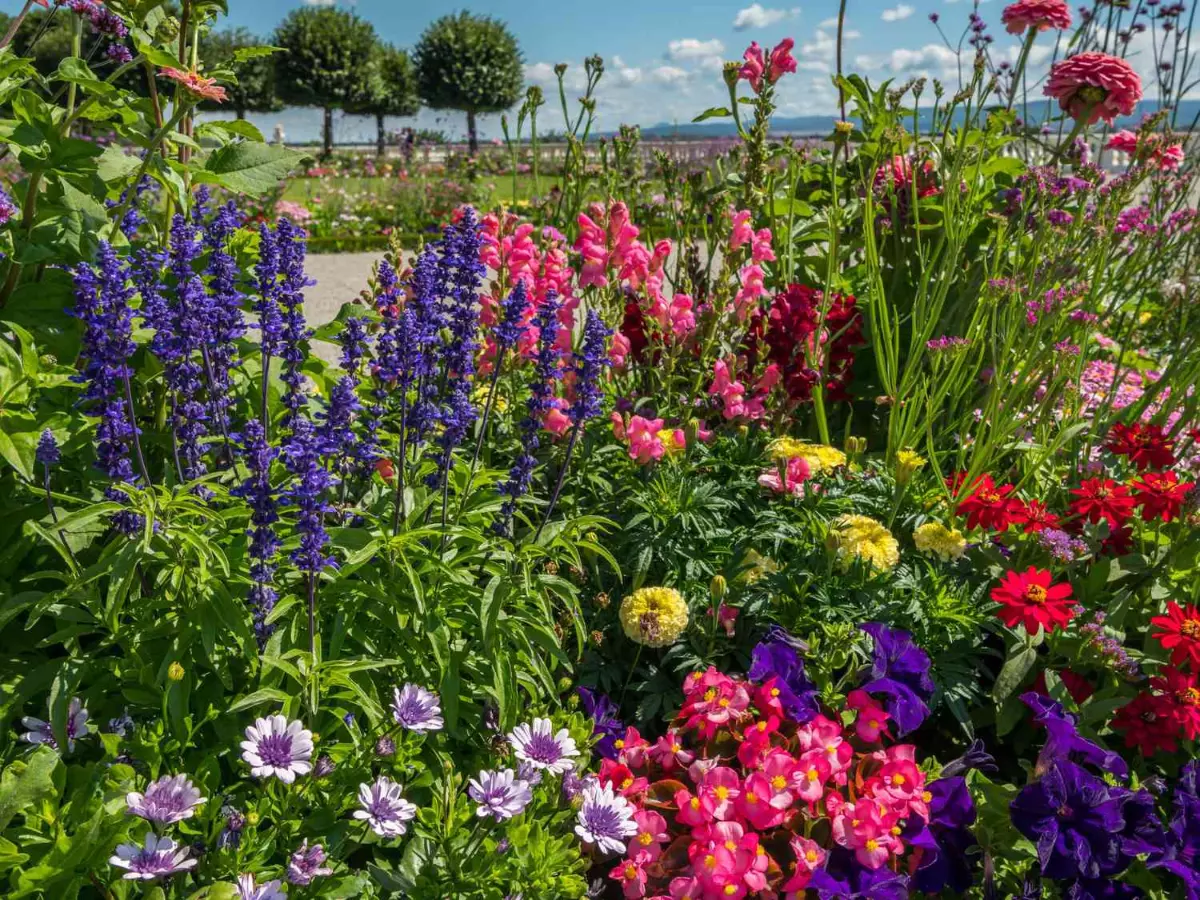8 Essential Tips For Planting And Growing Flower Bulbs In Garden
Flower bulbs are a fantastic addition to any garden, providing vibrant colours and beautiful blooms. Whether you're a beginner or an experienced gardener, planting and growing flower bulbs can be a rewarding experience.

Flower bulbs are a fantastic addition to any garden, providing vibrant colours and beautiful blooms. Whether you're a beginner or an experienced gardener, planting and growing flower bulbs can be a rewarding experience. To help you achieve success, here are eight essential tips to guide you through the process.
1. Choose High-Quality Bulbs
When selecting flower bulbs, it's essential to choose high-quality ones. Look for bulbs that are firm, plump, and free from any signs of decay or damage. Healthy bulbs will have the best chance of producing beautiful flowers.
2. Select the Right Location
Before planting your flower bulbs, consider the location carefully. Most bulbs thrive in well-draining soil and require a good amount of sunlight. Choose a spot in your garden that receives at least six hours of direct sunlight each day. Avoid areas with poor drainage, as excess moisture can cause bulb rot.
 Unsplash/Representational Image
Unsplash/Representational Image
3. Prepare the Soil
Prepare the soil before planting by removing any weeds, rocks, or debris. Loosen the soil to a depth of about 8 to 10 inches, ensuring good aeration and drainage. Incorporate organic matter like compost or well-rotted manure to improve the soil's fertility and moisture-retaining capacity.
4. Plant at the Right Depth
The depth at which you plant your flower bulbs is crucial for their successful growth. As a general rule, bulbs should be planted at a depth that is about two to three times their diameter. Consult the specific planting instructions for each type of bulb, as different varieties may have slightly different requirements.
 Reddit
Reddit
5. Provide Adequate Watering
Proper watering is essential during the initial stages of bulb growth. After planting, water the bulbs thoroughly to settle the soil and ensure good root establishment. As the bulbs start to sprout and grow, provide consistent moisture, but avoid overwatering, as it can lead to bulb rot. Water deeply when the top inch of soil feels dry.
6. Apply Mulch for Protection
Applying a layer of mulch around your newly planted bulbs can provide several benefits. Mulch helps to conserve moisture, suppress weed growth, and insulate the soil, protecting the bulbs from temperature extremes. Use organic mulch like straw or wood chips and apply a layer about 2 to 3 inches thick.
 Unsplash/Representational Image
Unsplash/Representational Image
7. Fertilize at the Right Time
Flower bulbs benefit from a nutrient boost to support healthy growth and abundant blooms. Apply a balanced slow-release fertilizer or bulb-specific fertilizer in early spring, just as the bulbs begin to emerge. Follow the recommended dosage and application instructions provided on the fertilizer packaging.
8. Proper Aftercare
After the blooming period, it's important to provide proper aftercare for your flower bulbs. Deadhead any spent flowers to divert energy back into the bulb and prevent seed formation. Allow the foliage to wither and turn yellow naturally before cutting it back. This allows the bulb to store energy for the next growing season.
 Unsplash
Unsplash
To choose high-quality bulbs, select the right location, prepare the soil, plant at the correct depth, provide adequate watering, apply mulch for protection, fertilize at the right time, and provide proper aftercare. By following these guidelines, you'll enjoy a vibrant and colourful display of flowers in your garden.
For more stories like these, follow us on Indiatimes Lifestyle.
